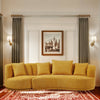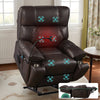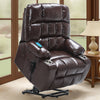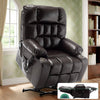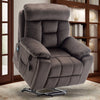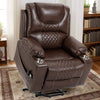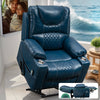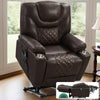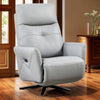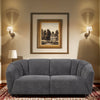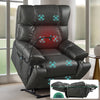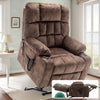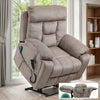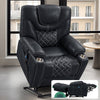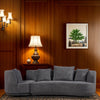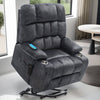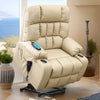Understanding the Importance of Comfort and Aesthetics in Seat Recliners
Assessing Comfort Features
When selecting a seat recliner for seniors, comfort is paramount. A good recliner should offer ample support and cushioning. Look for features like adjustable headrests and lumbar support. These help maintain proper posture and reduce strain on the back and neck.

Padding quality is crucial. High-density foam provides better support and lasts longer. Memory foam can mold to the body, offering personalized comfort. The upholstery material matters too. Soft, breathable fabrics like microfiber or leather are ideal for long sitting periods.
Consider the reclining mechanism. It should be smooth and easy to operate. Some recliners offer multiple positions, allowing users to find their perfect angle. Heat and massage features can add extra comfort, especially for those with chronic pain.
The Role of Aesthetics in User Satisfaction
While comfort is key, aesthetics play a significant role in user satisfaction. A recliner that looks good can boost a senior's mood and self-esteem. It can also blend seamlessly with existing decor, making the living space more inviting.
Color choice is important. Neutral tones like beige, gray, or brown are versatile and timeless. They can easily match various interior styles. However, don't shy away from bolder colors if they align with the user's preferences.
The design should be elegant yet functional. Clean lines and a sleek profile can make a recliner look less bulky. This is especially important in smaller living spaces. Some recliners come with built-in storage or cup holders, adding both style and practicality.
The Best Power Lift Recliners for the Elderly Population
Identifying the Key Features of Top-Rated Power Lift Recliners
Power lift recliners are a game-changer for seniors with mobility issues. They use a motorized mechanism to tilt forward, helping users stand up easily. When choosing a power lift recliner, look for these key features:
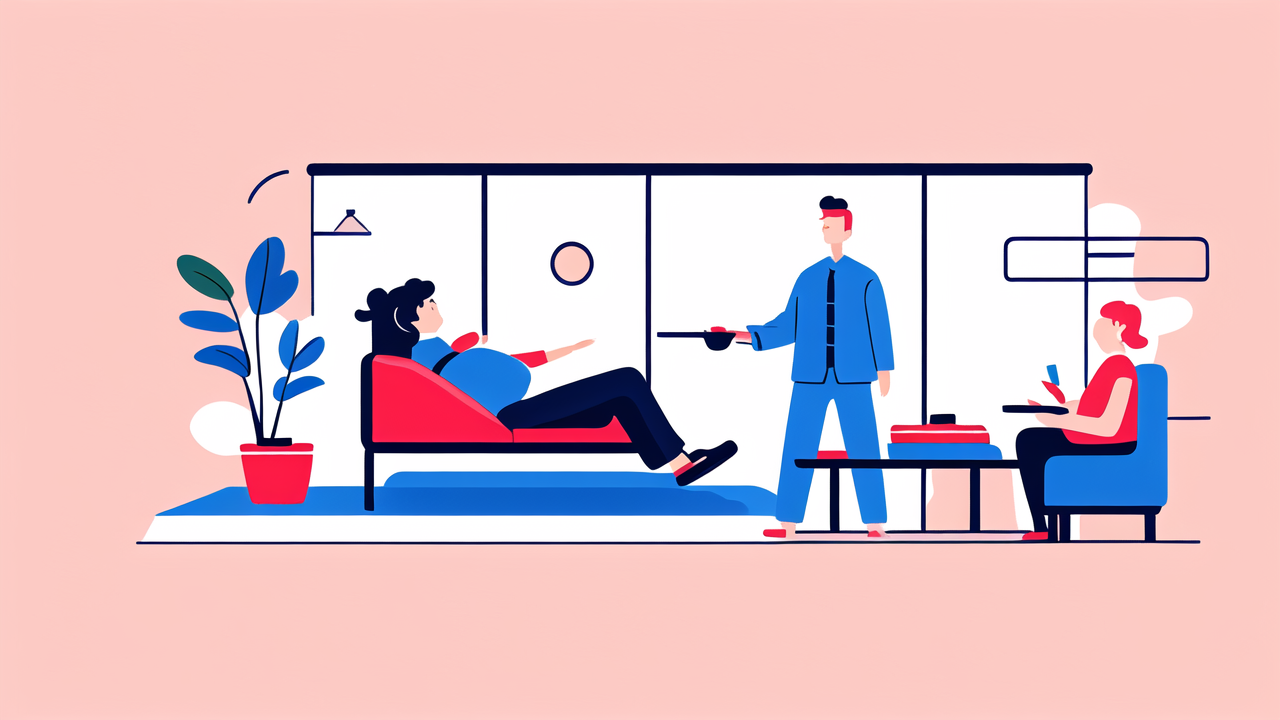
- Sturdy frame: It should support the user's weight comfortably.
- Smooth lift mechanism: The motion should be gentle and consistent.
- Easy-to-use controls: Large buttons and simple remote designs are best.
- Battery backup: This ensures the chair works during power outages.
- Quiet operation: The motor should run silently for a peaceful environment.
- Multiple positions: Options for sitting, reclining, and sleeping are ideal.
- Safety features: Look for anti-trap mechanisms and emergency stop buttons.
Some top-rated models also offer heat and massage functions. These can provide extra comfort and pain relief. USB ports for charging devices are another useful feature in modern recliners.
How Power Lift Recliners Can Improve Mobility and Quality of Life
Power lift recliners can significantly enhance a senior's independence and comfort. They make it easier to sit down and stand up, reducing the risk of falls. This increased mobility can lead to a more active lifestyle.
These recliners can also alleviate pain and discomfort. The ability to change positions easily helps reduce pressure on joints and muscles. This can be especially beneficial for those with arthritis or back pain.
Many seniors find that power lift recliners improve their sleep quality. The ability to sleep in a slightly elevated position can help with conditions like acid reflux or sleep apnea. Better sleep leads to improved overall health and mood.
Using a power lift recliner can also reduce caregiver strain. It makes transfers easier and safer, benefiting both the senior and their caregiver. This can lead to more positive interactions and better relationships.
Integrating Recliners into Assisted Living Facilities
Evaluating the Cost-Benefit of Recliner Installation
Installing recliners in assisted living facilities requires careful consideration. The initial cost can be significant, but the long-term benefits often outweigh this. Here's a breakdown of potential costs and benefits:

Costs:
- Purchase price of quality recliners
- Installation and setup fees
- Potential room modifications for space
- Staff training on proper use and maintenance
Benefits:
- Improved resident comfort and satisfaction
- Reduced risk of falls and injuries
- Decreased need for staff assistance in transfers
- Potential reduction in medical costs related to mobility issues
- Enhanced marketability of the facility to prospective residents
When evaluating costs, consider the durability of the recliners. Higher-quality chairs may cost more upfront but last longer and require less maintenance. This can lead to savings over time.
The benefits extend beyond financial considerations. Happier, more comfortable residents often lead to a more positive living environment. This can improve staff morale and reduce turnover rates.
Tips on Maintaining and Caring for Recliners in a Senior Environment
Proper maintenance is key to ensuring the longevity and safety of recliners in senior environments. Here are some essential tips:
- Regular cleaning: Wipe down surfaces daily and deep clean monthly.
- Check mechanisms: Inspect moving parts weekly for any signs of wear or malfunction.
- Lubricate parts: Apply lubricant to moving components as recommended by the manufacturer.
- Tighten screws: Check and tighten any loose screws or bolts monthly.
- Test safety features: Ensure all safety mechanisms are working correctly each week.
- Replace worn parts: Address any worn or damaged components promptly.
- Train staff: Educate all staff members on proper use and maintenance procedures.
- Create a maintenance schedule: Set up a regular schedule for all maintenance tasks.
- Keep manuals accessible: Store user manuals in an easily accessible location.
- Address spills immediately: Clean any spills or stains as soon as they occur.
By following these tips, facilities can extend the life of their recliners and ensure they remain safe and comfortable for residents. Regular maintenance also helps identify potential issues before they become major problems.
Remember to involve residents in the care of their recliners when possible. This can foster a sense of ownership and responsibility. It also helps ensure that any comfort issues are addressed promptly.







